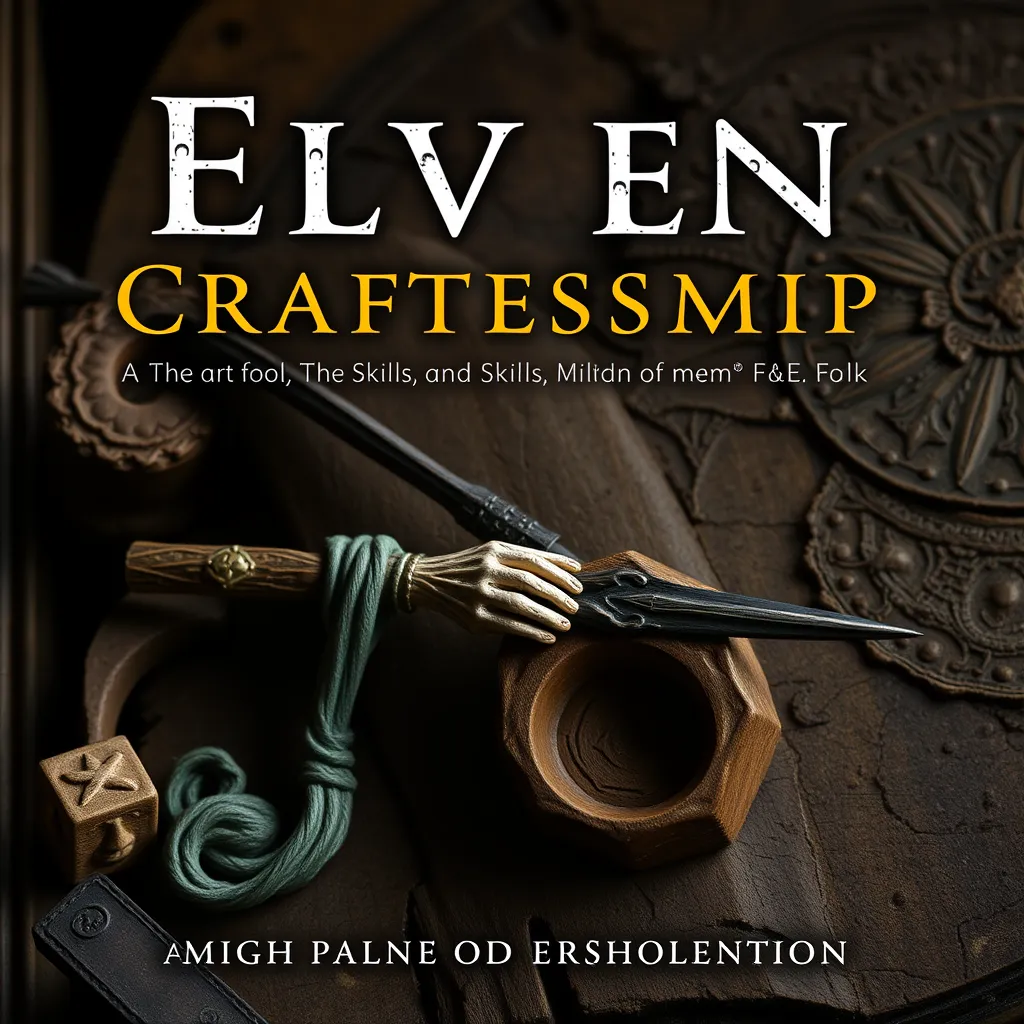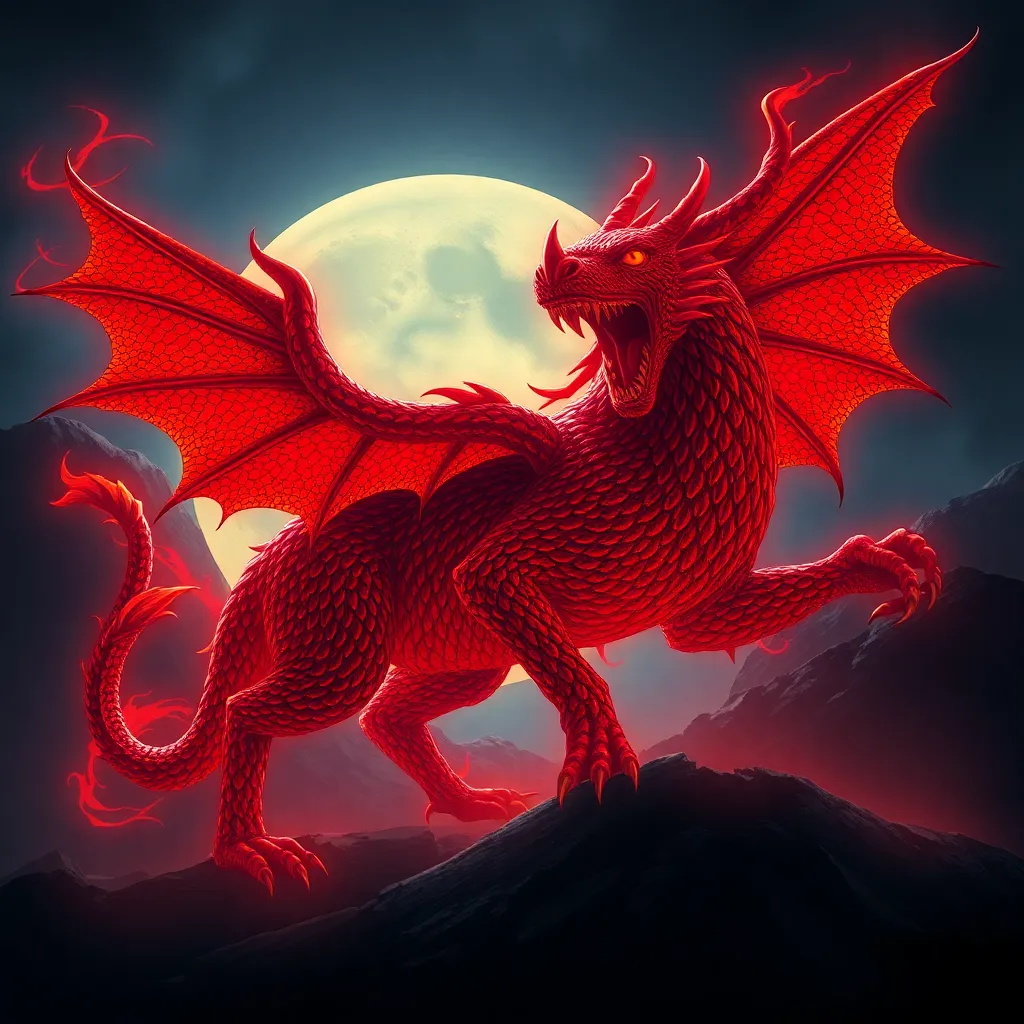The Centaur as a Symbol of Strength and Wildness in Roman Culture
I. Introduction
The centaur, a fascinating creature from mythology, embodies a unique blend of human intellect and animal strength. This half-human, half-horse figure has captivated the imagination of cultures for centuries, particularly in ancient Rome. Centaurs serve as potent symbols of both strength and wildness, reflecting the duality of human nature and the struggle between civilization and chaos. This article aims to explore the significance of centaurs in Roman culture, their origins, representations, and the moral lessons they impart.
II. Origins of the Centaur Myth
The myth of the centaur has its roots in ancient Greek mythology, where they were first depicted as wild and unruly beings. As the Romans adopted and adapted these myths, centaurs transitioned into symbols that represented both chaos and the untamed aspects of nature.
Early representations of centaurs can be found in Greek pottery and literature, where they are often portrayed as savage and drunken creatures. In Roman culture, these depictions evolved, and centaurs began to embody more complex themes, including the struggle between civilization and wildness.
Over time, the centaur’s symbolism evolved, reflecting societal values and beliefs about strength, nature, and the human condition.
III. The Dual Nature of Centaurs
At the heart of the centaur myth lies the exploration of the human-animal dichotomy. Centaurs are often depicted as powerful beings, possessing immense physical strength due to their equine half. This strength is juxtaposed with their human intellect, creating a unique character that embodies both reason and instinct.
The defining traits of strength and wildness are central to the centaur’s identity. They symbolize the tension between civilization—characterized by order and control—and the wildness of nature, which represents freedom and untamed spirit.
- Strength: Centaurs are often seen as warriors, embodying physical prowess and the ability to confront challenges head-on.
- Wildness: Their untamed nature serves as a reminder of the primal instincts that lie within all humans.
This balance between civilization and nature is crucial in understanding the centaur’s role in both myth and Roman culture.
IV. Centaurs in Roman Literature
Roman literature features centaurs prominently, with notable authors such as Virgil and Ovid incorporating them into their works. In Virgil’s “Aeneid,” centaurs symbolize the chaotic forces of nature that can disrupt the order of society. Ovid, in his “Metamorphoses,” explores themes of transformation and the duality of human nature through centaur characters.
The narratives often highlight:
- Strength: Centaurs are depicted as formidable fighters, representing the might of the Roman military.
- Chaos: Their unruly behavior exemplifies the dangers of unchecked wildness and the potential for societal collapse.
- Moral Lessons: Through their stories, centaurs convey important moral lessons about the need for balance between reason and instinct.
V. Artistic Representations of Centaurs
Centaurs have been a popular subject in Roman art, with numerous sculptures and frescoes depicting their powerful forms. These artistic representations often emphasize their dual nature, showcasing the muscularity of their horse bodies alongside the human features that convey emotion and intellect.
In Roman architecture, centaurs are frequently used as decorative motifs, symbolizing strength and the wild aspects of nature. Additionally, centaurs appear in mosaics, where their dynamic poses capture the essence of movement and power.
- Sculptures: Often carved in marble, they depict centaurs in various poses, emphasizing their strength.
- Frescoes: These wall paintings illustrate scenes from mythology, highlighting the chaotic nature of centaur interactions.
- Mosaics: Crafted from colored stones, these artworks often feature centaurs in battle or in harmony with nature.
VI. Centaurs as Cultural Symbols
Centaurs serve as significant cultural symbols in Roman society. They represent strength, reflecting the Roman values of power and military might, while also embodying wildness, a reminder of the untamed aspects of the human experience.
The significance of wildness in human experience is echoed in the Roman worldview, which often revered nature’s beauty and ferocity. Centaurs encapsulate this duality, acting as a bridge between the civilized and the wild.
Moreover, centaurs can be seen as reflections of Roman identity and values, representing the struggle to maintain order in a world filled with chaos.
VII. Comparisons with Other Mythological Creatures
When examining the centaur, it is essential to compare it with other mythological creatures, such as satyrs and other hybrids. While both centaurs and satyrs embody the duality of human and animal, they differ significantly in their representations:
- Centaur: Typically depicted as noble warriors, representing strength and the conflict between civilization and wildness.
- Satyr: Often portrayed as mischievous and hedonistic, focusing more on indulgence and chaos.
The unique attributes of centaurs in Roman mythology include their role as educators and mentors, as seen in characters like Chiron, who represents wisdom and knowledge.
Additionally, cross-cultural influences reveal parallels between centaurs and other mythological beings, showcasing the shared human fascination with the interplay between civilization and the wild.
VIII. Conclusion
In summary, the centaur holds significant importance in Roman culture, symbolizing strength and wildness. Through their dual nature, centaurs offer insights into the complexities of human existence and the eternal struggle between civilization and nature.
The enduring legacy of the centaur symbol continues to resonate in contemporary interpretations, where they often represent the balance between our civilized selves and our primal instincts. As we reflect on the centaur’s significance, it becomes clear that this mythical creature remains a powerful emblem of human identity and the universal themes of strength and wildness.




